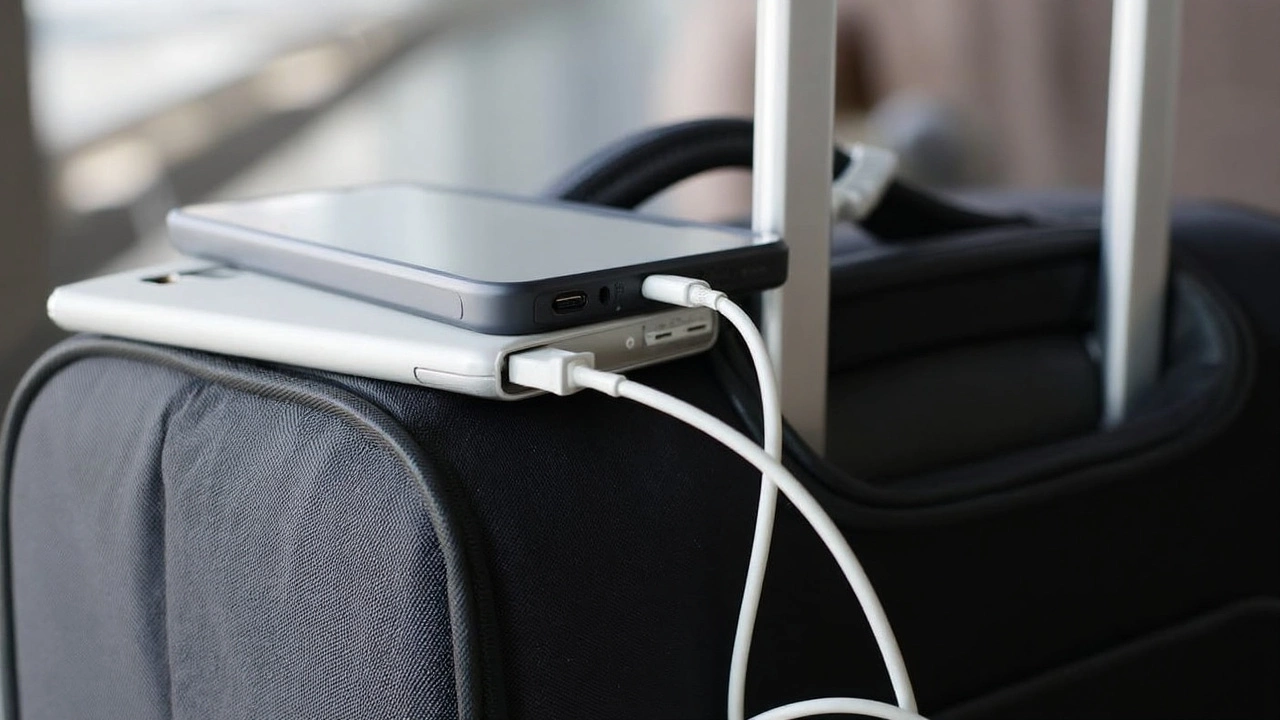Why Every Rider Needs a Power Bank
If you spend a lot of time on the track or on long road trips, you already know how quickly phones, GPS units, and dash cams drain their batteries. A good power bank is the simplest way to keep those devices alive without hunting for a wall socket. It’s not a luxury—it's a practical safety tool that lets you call for help, check your route, or capture that perfect lap shot.
Choosing the Right Power Bank for Motorcycling
First, look at capacity. Riders usually need at least 10,000 mAh to charge a smartphone twice and still have juice left for a GPS. If you carry multiple gadgets—like a helmet‑mounted camera or a Bluetooth headset—go for 20,000 mAh. Second, check the output. A 5 V/2.4 A USB‑C port will charge most phones fast, while a 9 V/2 A Quick Charge port can top up a tablet in minutes. Finally, durability matters. Opt for a rugged case with water‑resistance (IP‑X4 or higher) so a splash of rain or a tumble on the pavement won’t ruin it.
How to Use a Power Bank on the Track
Mount your power bank securely. A Velcro strap on the bike’s frame or a dedicated pocket on your racing jacket works well. Avoid hanging it from a loose strap where it can swing and get caught in the chain. Keep the cable short and use a right‑angle connector to prevent it from snagging. When the race starts, you’ll have a reliable charge source for your lap timer, live‑stream app, or any emergency radio you might need.
Don’t forget to charge your power bank before every ride. Most models have a quick‑charge input, so a 30‑minute wall plug can replenish a full day’s worth of power. Some riders even keep a spare in their locker for backup. If you’re planning a multi‑day track session, consider a solar‑panel‑backed charger to top up the bank on the go.
Safety tip: Never use a damaged battery or a cheap, off‑brand charger that can overheat. Look for certifications like CE, UL, or FCC. A solid power bank may cost a bit more, but it saves you from a dead phone in the middle of a high‑speed corner.
Beyond the track, a power bank is handy for everyday riding. Pull over at a fuel stop and give your navigation app a quick boost, or keep your smartwatch alive for those post‑ride metrics. Even if you’re just commuting, a portable charger means you never miss a call or an important alert.
Finally, consider eco‑friendly options. Some manufacturers use recycled plastics for the case and offer replaceable battery modules, so you don’t have to toss the whole unit when the cells wear out. A sustainable power bank keeps you powered and reduces waste—win‑win for riders and the planet.
Bottom line: A reliable power bank is as essential as a helmet and a good pair of gloves. Pick a high‑capacity, rugged model, mount it safely, and keep it charged. Your devices, safety, and peace of mind will thank you every time you hit the road or the circuit.




